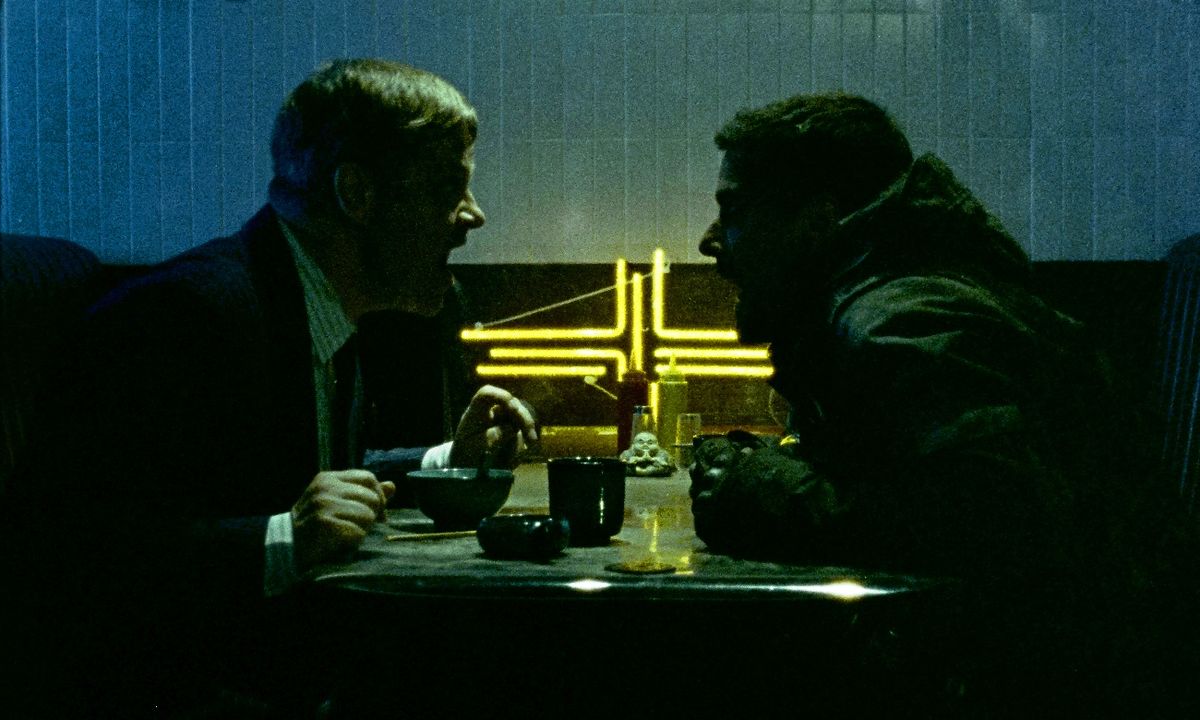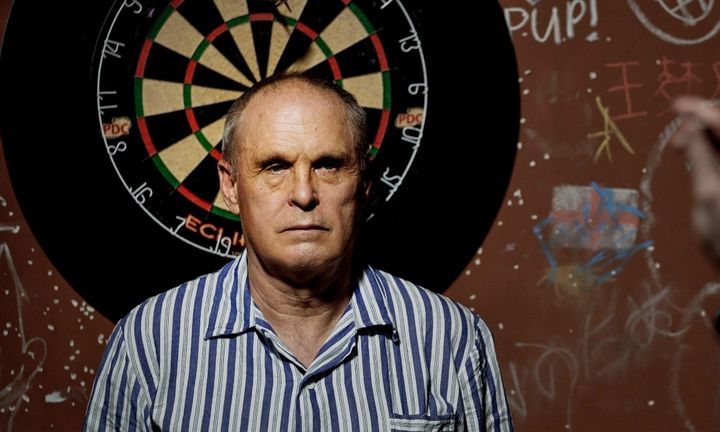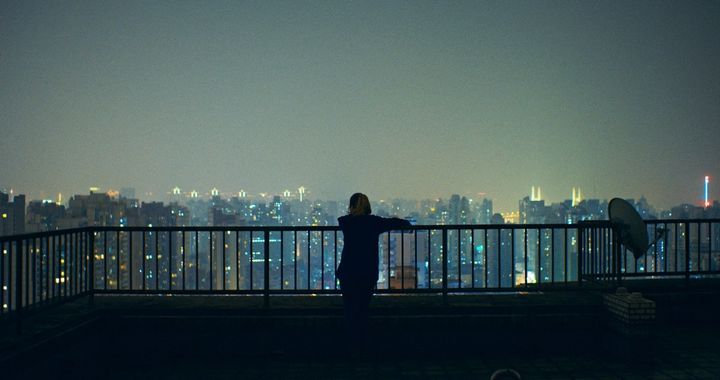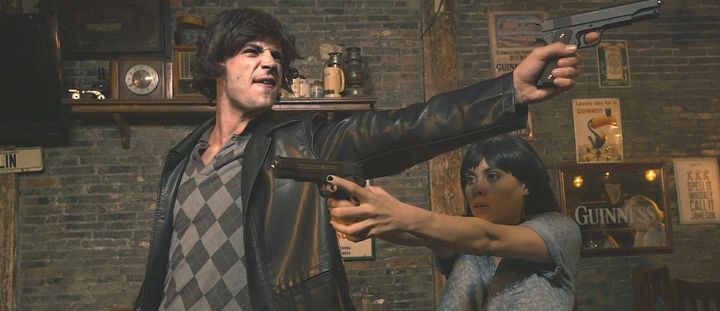Sheep tells the futuristic story of a man looking for help ending his life before he becomes the next victim of an unfolding zombie epidemic. We chat with director Matthieu Tondeur about the world of the walking dead, shooting on Super 16 and the horror sub-genre that simply refuses to die.
Set against the backdrop of a futuristic zombie apocalypse, Sheep tells the tale of a desperate businessman (played by Mikal Grant) staring down the realization that he has contracted the rabies-like virus behind the epidemic. Unable to end his own life, he seeks the help of a mysterious mercenary (played by Michael Koltes) to put a bullet in his brain before he finally deteriorates into a walking corpse.
Shot in Shanghai, the project put locally-based director and cinematographer Matthieu Tondeur back behind the camera for a fresh take on the popular horror sub-genre. In discussing the project, Tondeur first shed some light on why zombie films have continued to attract a seemingly endless legion of followers.
“Every sub-genre has its own niche nowadays because of all the choices and all the different media providers, many of whom don’t just follow the mainstream and instead go for their own style, so the spectrum [for entertainment] is super wide,” he says. “Secondly, I think the implications of the zombie genre are still appealing. The fear of others, in particular, is very strong in society.”
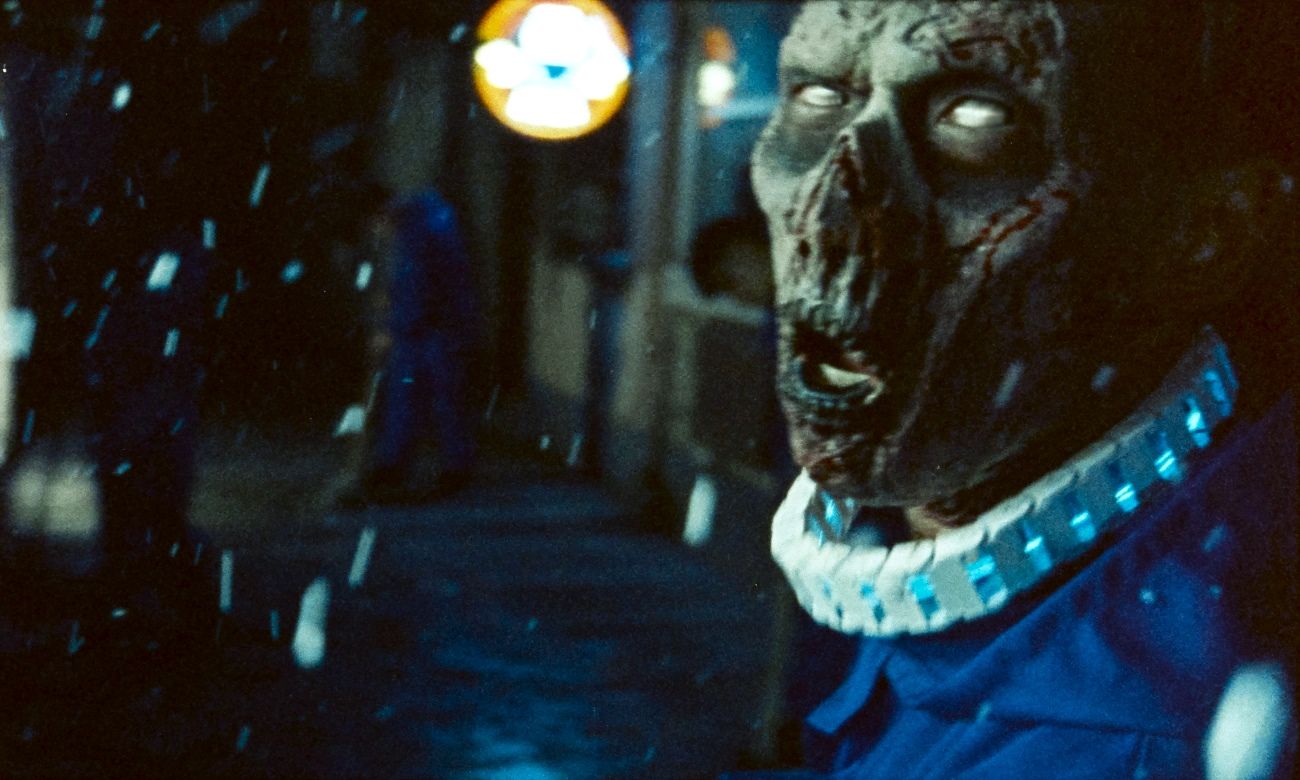
Working in such well-worn territory, however, brought with it the additional challenge of trying to make a movie that would stand out from all of the other zombie films out there. In part, at least, it meant finding a way to focus on a whole new story angle.
“The idea was to shoot a horror film, but with an interesting dramatic situation that was directly related to the horror element,” Tondeur explains. “Contrary to many zombie movies, where the themes are about surviving and the drama usually occurs as a friend or lover is transformed into a zombie or is dying, our story is more complex.”
"It was very hard to secure a good location. We wanted somewhere gritty, but many of the shops I knew before were closed already."
After first being handed the script, Tondeur says he latched on to the importance of the many world-building elements Michael Koltes – who also penned the story – and his co-writer Gary Owen Zweers had included in their work. Moreover, he says he knew that, in order to make the film believable, they couldn’t omit any details. First and foremost, this meant finding a location they could convincingly transform for the purposes of the production. Enter Shanghai’s Tock’s Montreal-style deli.
“It was very hard to secure a good location. We wanted somewhere gritty, but many of the shops I knew before were closed already,” Tondeur recalls. “Tock’s let us remove a lot of their decorations for the shoot and we used those plastic sheets that workers use on construction sites to hide and protect some parts – I’d seen that in another movie and was inspired by it.”
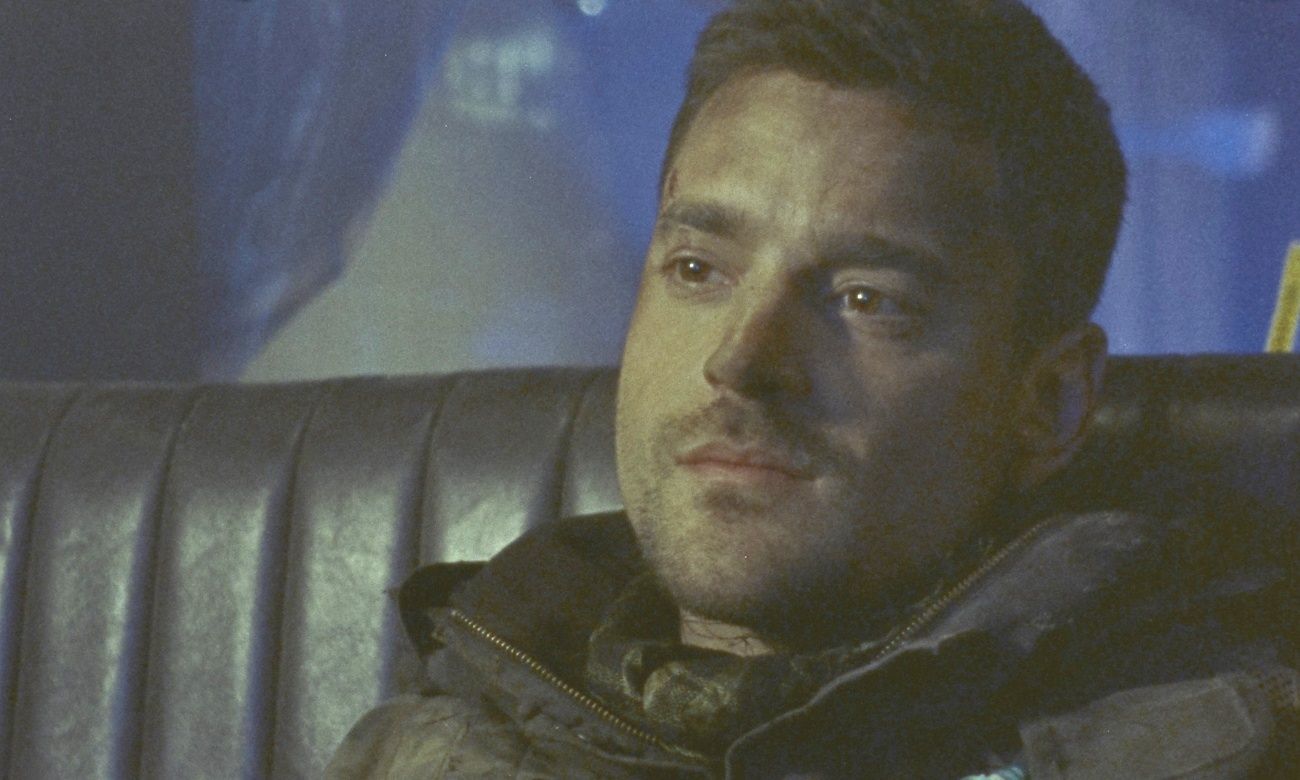
In order to further enhance the look of the movie, Tondeur opted to forego the use of digital imaging and instead shot the movie on 16mm film. The decision meant that fully 50% of the production’s budget went into film stock and processing alone.
“I was interested in shooting a ‘dirty’ film – not one with a clean atmosphere, but something we could ‘smell’,” he states. “I also decided to shoot on Super 16 as a way to recall some of the horror and action flicks from the eighties, such as The Terminator, Robocop and Escape from New York.”
"We knew we only had three seconds of film in the camera to shoot that last shot."
Working with film meant the production team could be a bit more forgiving on the make-up and practical effects front – including using clumps of sugar as brains and candy for eyeballs – but it also necessitated keeping a close watch on some very important limitations.
“The last shot of the last scene in the movie is also the last bit of film we had in the camera, so the last frame is literally the last tiny piece of film we had,” Tondeur reveals. “The camera we used has a very precise frame counter, so we knew we only had three seconds of film in the camera to shoot that last shot.”
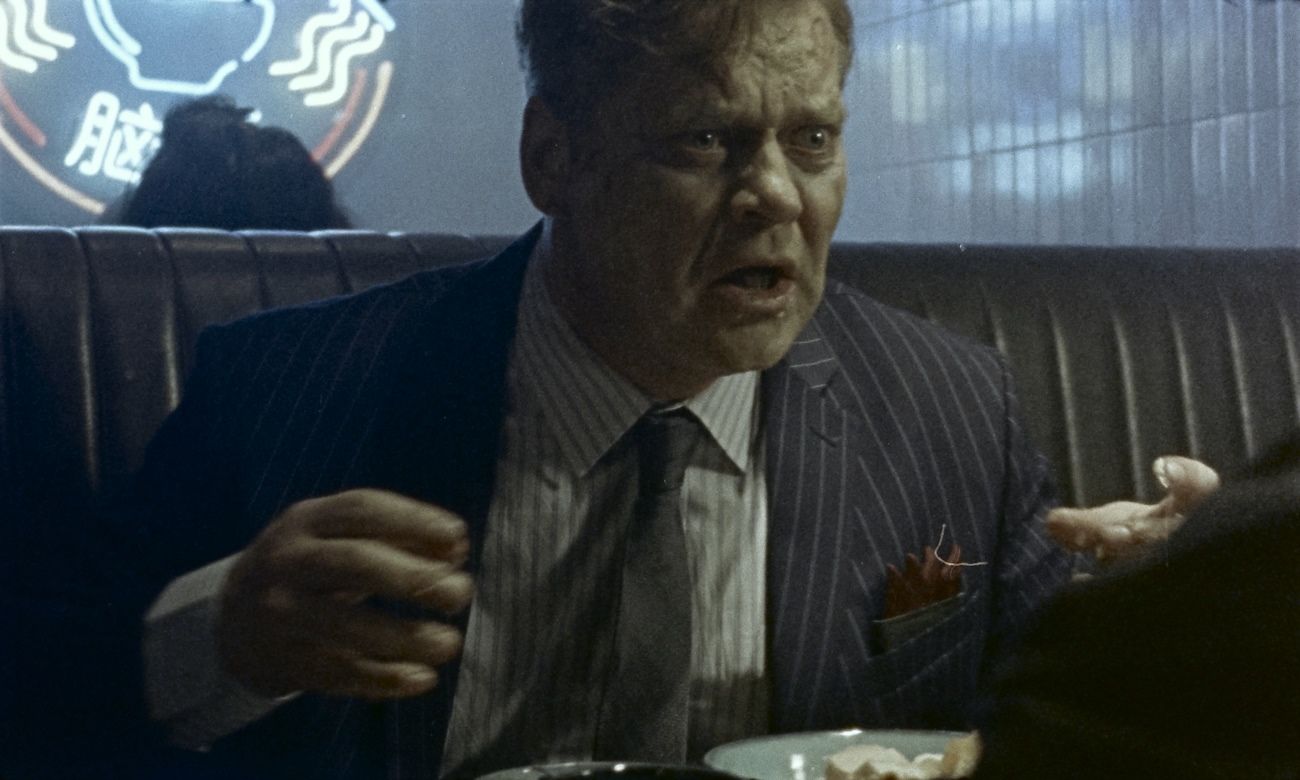
Principle photography took place over the course of just one night last winter and required nearly six hours of prep work just for make-up. It also involved coordinating nearly thirty cast and crew members, including fifteen extras.
“It was a huge challenge having to shoot so quickly and with so many people involved,” Tondeur admits. “It was also tough to get people to show up on D-day only on their goodwill, as we didn’t have the budget to get everyone on contract like on a normal production.”
"There is no pro lab in China, so we had to process and scan the film ourselves. That was really tedious."
With the film finally in the can, Tondeur then teamed up with Fang Xiaohe – whom he describes as the top person in his field in China for developing and printing film – at Sdodo Photo Lab to process the footage, before scanning everything in frame-by-frame so it could be reassembled on a timeline. The process took almost three months to complete, but it also added some – in this case, desirable – dust and jitteriness to the final on screen image.
“The big advantage was that the whole thing looked very cinematic right out of the box and there was no need for fancy color grading or tricks,” he says. “The biggest disadvantage was the fact that there is no pro lab in China, so we had to process and scan the film ourselves. That was really tedious.”
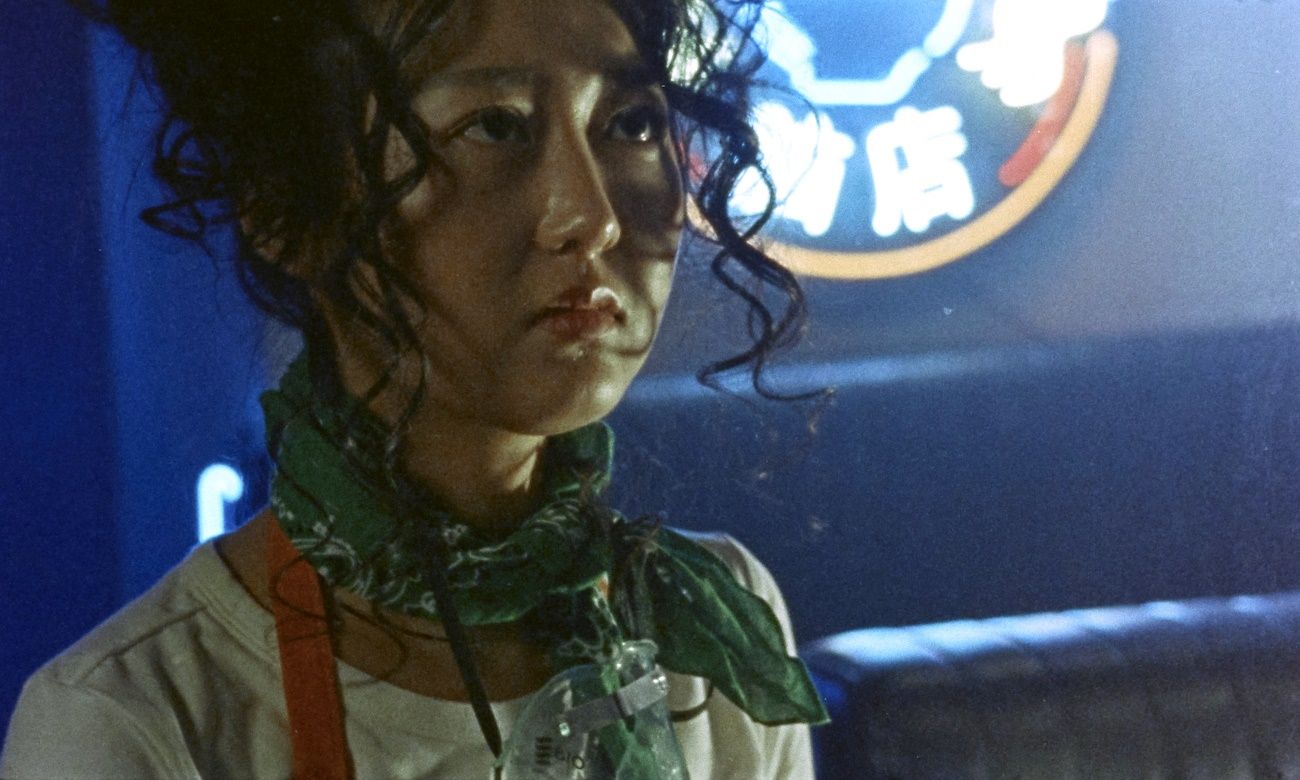
Sheep has already screened for the Shanghai film crowd and Tondeur and his team are currently waiting to hear back on a number of festival selections for the coming year. In addition to seeking funding to re-scan the film stock in a professional lab abroad, Tondeur says he’d like to get a number of film prints made, so the project can be screened for audiences on a 16mm projector.
“Other than that, I just want to thank everyone involved, especially Michael Koltes for coming to me with an early draft of his script and allowing me to join the project,” he concludes. “Also, thanks all the people that took their time and energy to participate in the project – everyone was 200% motivated regardless of role they had, and it really shows on the final cut.”
